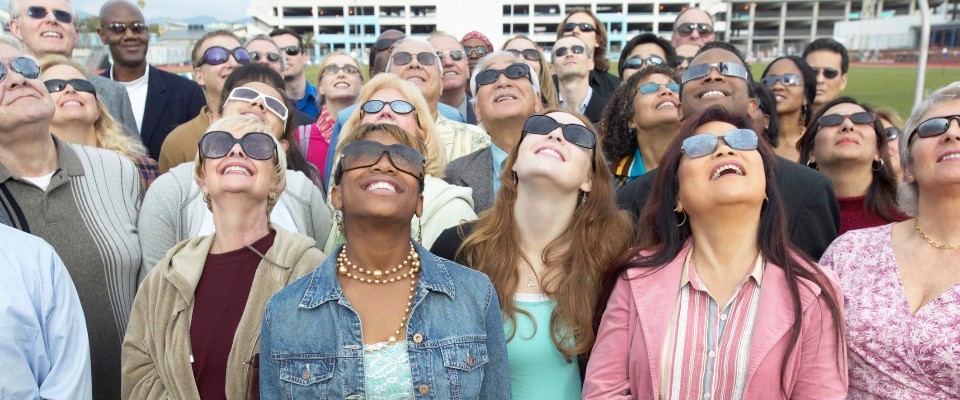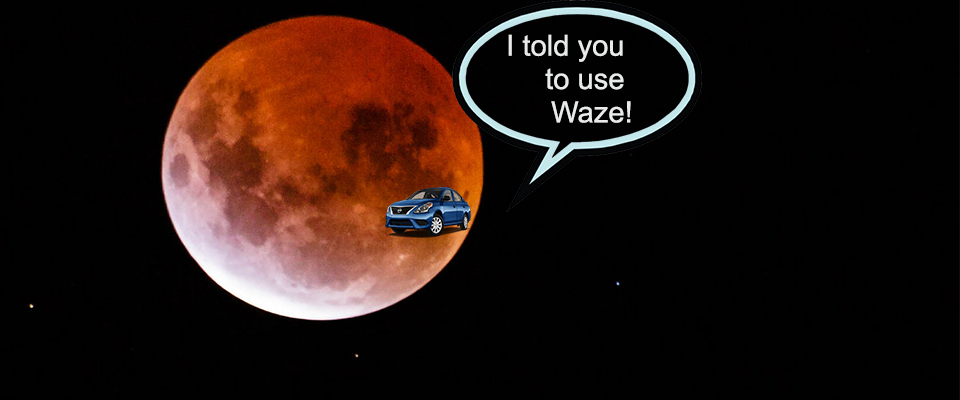If you’re in North America, chances are you’ve heard that there will be a solar eclipse on August 21. You may even be traveling—or know people who are traveling—a goodly distance for the best view of what is essentially a monumental overcast.
So what’s the big deal?
Glad you asked! We’ve got answers to your most burning questions about the solar event of the century.
How’s this year’s eclipse different from the rest?
First of all, the big deal is that this is the best view of a full solar eclipse in the United States since 1923. There have been plenty of eclipses since then, but most of the ones visible in the U.S. either just touched a corner of the nation or started up halfway across or occurred during winter when much of the country was cloudy.
Isn’t it just a shadow?
Sure, an eclipse is just a shadow—the Moon is blocking the Sun very briefly. But since the Earth and the Moon are both moving and the Sun is very far away, everything has to line up just so for an eclipse to happen. Because the Sun is as far away as it is bigger than the Moon, when they do line up just so, the Moon completely blocks the Sun for a short time. If you look at the nicely simplified diagram, you’ll see how relatively tiny the shadow falling on the Earth is, which is why if you’re just a bit to the side the Sun isn’t completely blocked. Like how you can lean to one side in your discount theater seat to see a little of the “partially obstructed” stage.

Don’t we all have sun every day—why do I have to go somewhere special to see it?
As the Earth turns, the best view of that little shadow “moves” from west to east. This time it will start in Oregon at about 10:16 a.m. Pacific time and proceed diagonally to South Carolina, leaving the continent around 2:47 p.m. Eastern time. That means most of the country won’t be all that far from a great view and those partial side views will be even easier to find. NASA has a whole page of maps you can look at if you’re curious. However, our friends over at Cal Discoveries Travel are leading a big trip up to Oregon, and they assure is it’s going to be packed! Not just their trip, either—it sounds like the whole state is going to be standing-room-only.
You may recall that more recently there was a lunar eclipse, which is when the Moon looks like it turns dark. It happens because moonlight is actually sunlight bouncing off the Moon and back to Earth; imagine somebody shining a flashlight from behind you at a mirror in front of you. Lunar eclipses are much more frequent, since the Moon is only one-fiftieth the size of the Earth and it’s much easier for Earth to barge in between the Sun and the Moon, blocking the light. They also “move” and have best places to get a glimpse, but since the Earth’s shadow covers the whole visible side of the Moon, you don’t have to go nearly as far to see it.
Can it hurt my eyes?
One very important thing to remember is even though the sun is going to be blocked, you really shouldn’t look straight at it. Even a little sunlight can hurt your eyes, possibly permanently. For eclipse viewing, you want something like Shade 14 welder’s lenses, which block almost all light. If you aren’t sure what that is or where to get it, you can set up a piece of cardboard with a small hole in it and let the sunlight shine through it. Instead of looking up, look down at the shadow and you can very clearly watch the Moon move across the Sun!
For even more fun, use a colander—every one of those little holes will show the Moon’s shadow. That’s what I’ll be doing.





















